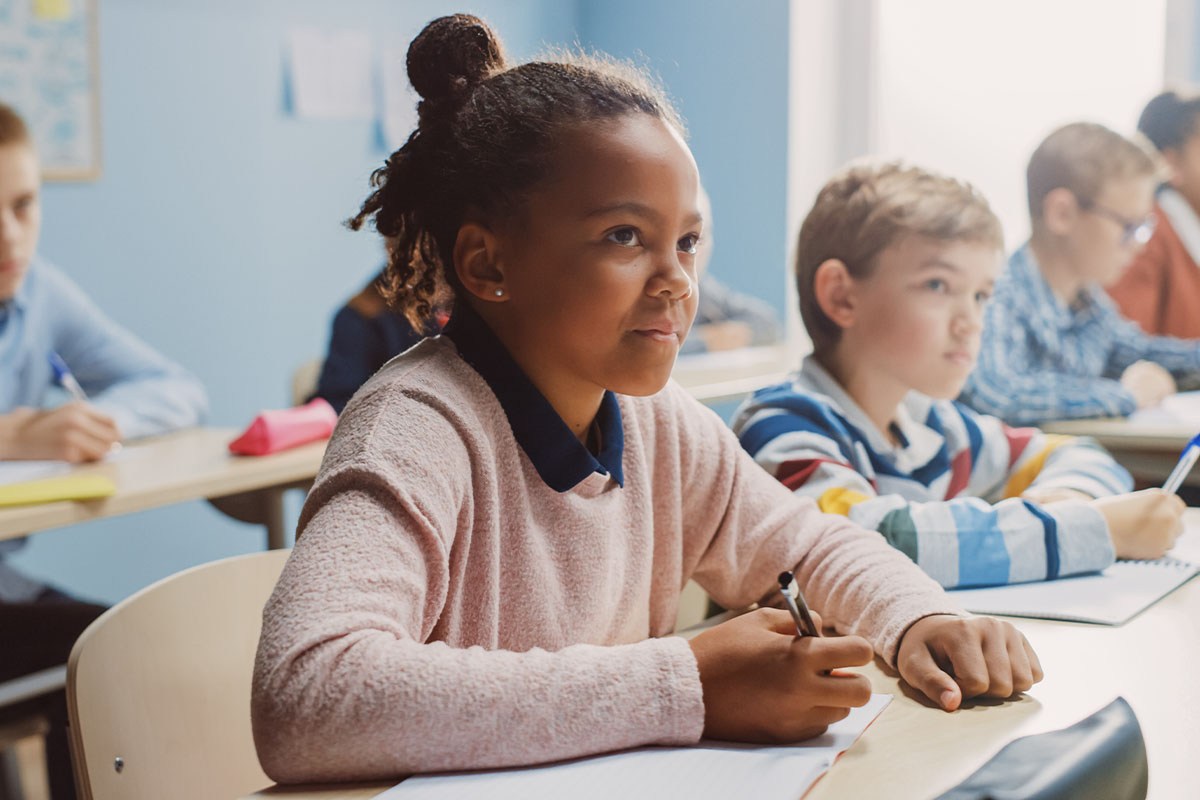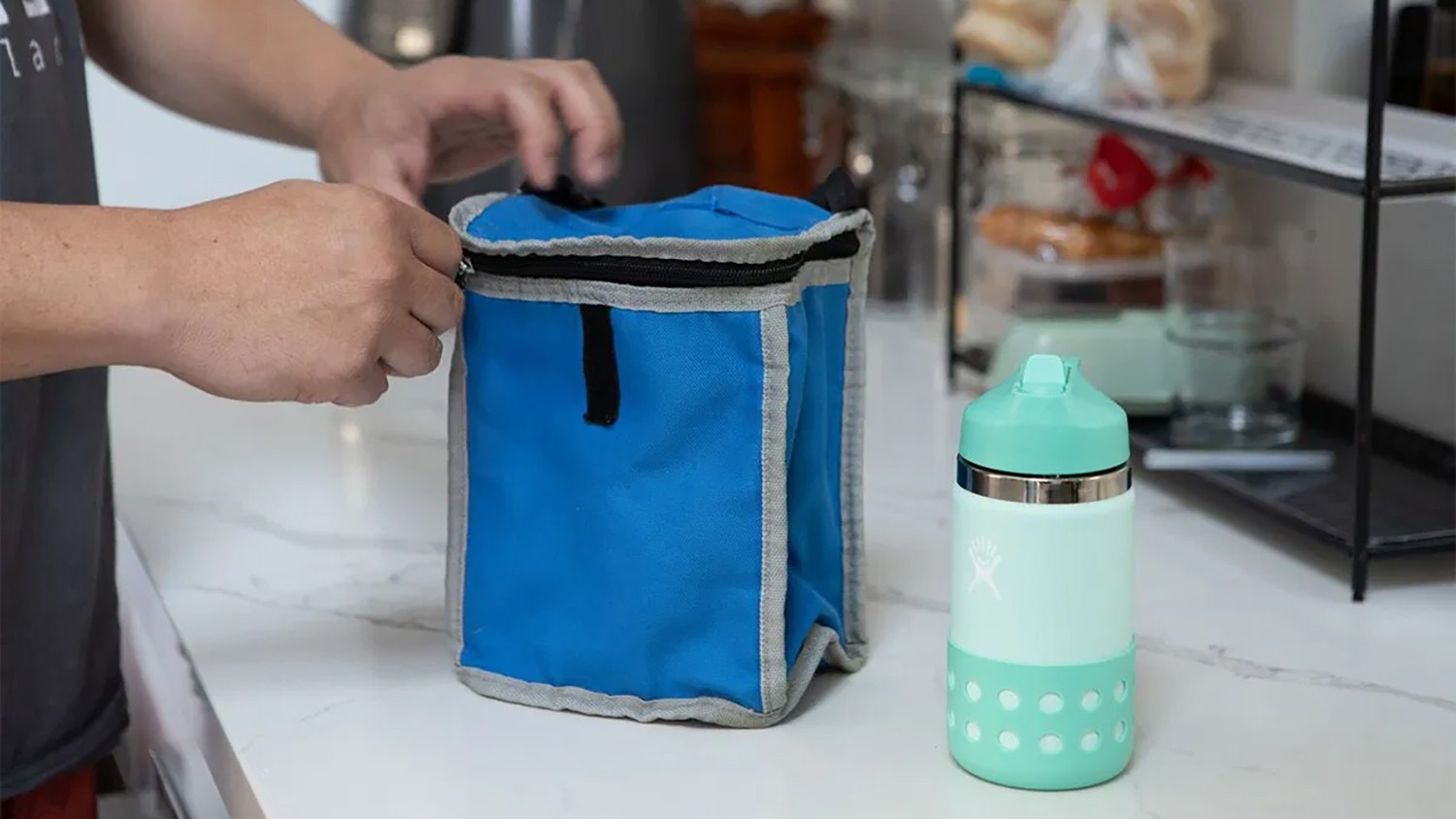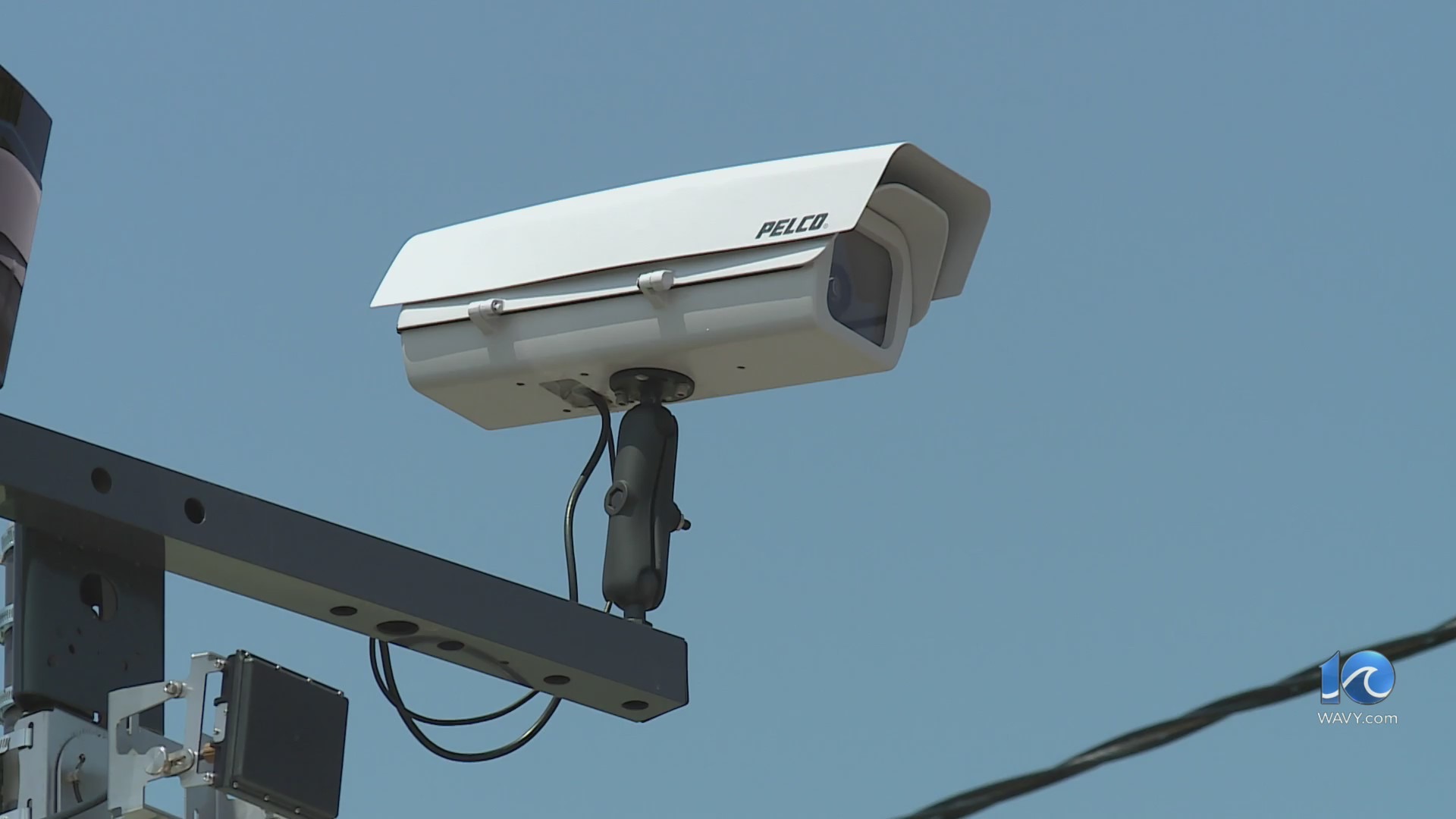Watch the Digital Desk conversation with the Virginia Education Association in the video player.
PORTSMOUTH, Va. (WAVY) – In July, Governor Glenn Youngkin issued an Executive Order establishing cell phone free education to Virginia’s K-12 public schools. The Governor called this a mental health and safety initiative.
On Friday, the Virginia Department of Education (VDOE) released their draft guidance. The final guidance will be issued on Sept. 16. Feedback is encouraged on the VDOE website by Sept. 15.
According to the VDOE, school divisions will adopt the policies and procedures in the 2025 school year.
Virginia Education Association (VEA) President Carol Bauer spoke at the Digital Desk about the policies. Watch the conversation in the video player on this page.
According to the VEA, they are the largest union of teachers and school support professionals in Virginia. In July, the VEA announced a need for a “nuanced perspective” when it comes to communication.
“We recognize as educators that cell phones are a problem and something needs to be done, so the fact that the governor is really thinking about the need to make a difference in the classrooms is a good thing,” said Bauer. “But, we really need to make sure we have a perspective and a policy that doesn’t make the teachers, the educators the phone police.”
The VEA is looking at how the policies for cell phone free education are going to be implemented. Bauer said cell phone free policies have existed in the past, but have been left in to the teachers.
“You spend a lot of time trying to police the students,” said Bauer.
There have been noticeable changes with students behavior since COVID, potentially impacting the time they spend on their devices.
“We’ve seen a lot of students with anxiety and they look to their phones for comfort,” said Bauer. “They look to connect with their peers, but they look to connect with their parents, they look to connect with other people. And, it’s a constant connection that they’re looking for. We’ve seen quite a bit of that since COVID.”
For educators, they’ve seen more of a problem having students put away their phones than pre-COVID.
It can be distracting for the students as teachers have to monitor usage throughout a class or throughout the full school day.
“Trying to monitor what’s actually happening is difficult, especially in a classroom of 25 to 30 students,” said Bauer.
The draft guidance talks about cell phone policies from “bell-to-bell” from the start of the school day until the end. As the question remains who will be monitoring the cell phone usage in class, who will monitor usage at other times throughout the day.
“When you talk about lunch time, if you want lunch monitors to do that, and if you’re looking in the hallways, and if you’re looking at different situations,” said Bauer.
If the policy is “bell-to-bell”, there are a number of people that will be in charge of the monitoring.
“The problem comes in is how it is enforced,” said Bauer. “If in fact you are asking teachers to do the enforcing policy, that is another burden you’re placing on the teachers. Really we’re looking for administration to have a policy that there’s a place to park the cell phones in a locker or maybe there’s a place to park it in an administrative office. Or, some other way to actually put the cell phone away so that it is not up to the teachers.”
Find out more about the draft guidance at the link here.
Watch the full Digital Desk segment to hear more from the Virginia Education Association.













